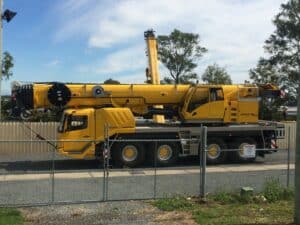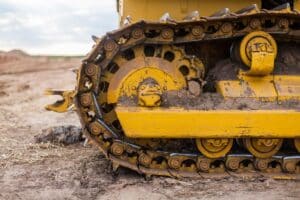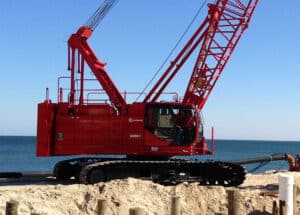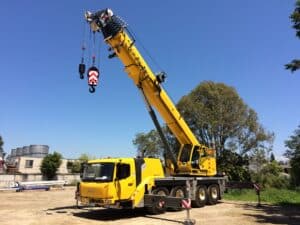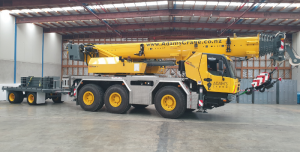New Crawler Cranes For Sale In Australia – What To Expect
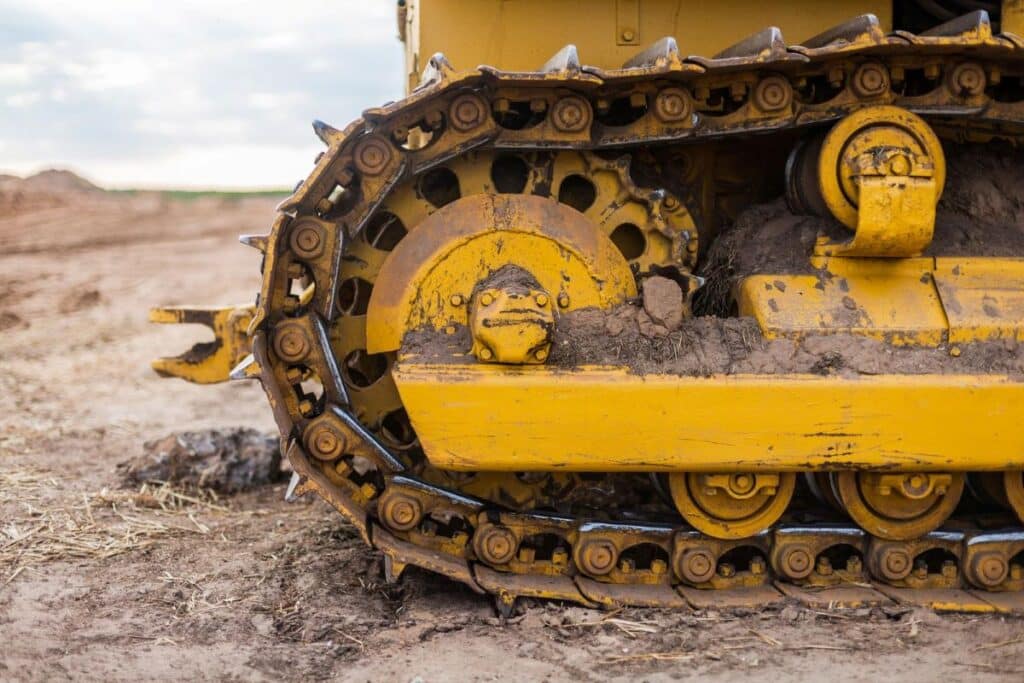
Australia’s Growing Demand for Crawler Cranes
Infrastructure and Industrial Drivers
Australia’s construction and resources sectors are experiencing significant growth, driven by national infrastructure upgrades and energy diversification. Projects such as inland rail, highway duplication, and mining site expansions require reliable heavy lifting equipment.
Crawler cranes, with their superior ground stability and lifting power, are perfectly suited for these complex builds. Their track-based design allows them to traverse soft or uneven terrain without the need for stabilising outriggers, making them invaluable in Australia’s diverse landscapes.
Versatility Across Sectors
Crawler cranes are not limited to construction alone. Their versatility sees them deployed in energy, defence, ports, and large-scale agricultural operations. They are regularly used for lifting and installing wind turbine components, shipyard modules, and oversized machinery in isolated regions.
For project managers seeking dependable lifting equipment across changing work conditions, crawler cranes offer consistent performance.
Key Features of Modern Crawler Cranes
Performance and Technology
Modern crawler cranes feature a wide range of capacities, from 80 to over 1,000 tonnes. Advanced operator assistance systems such as Load Moment Indicators, swing and boom angle sensors, and digital load displays help prevent overloads and ensure accurate, safe lifting operations. Automated functions streamline complex lifts, and ergonomic cabins enhance operator comfort on long shifts.
Eco-Friendly Engineering
With environmental regulations becoming stricter across Australia, manufacturers have responded by incorporating Tier 4 Final and EU Stage V compliant engines. Hybrid power systems and intelligent idle modes reduce fuel consumption, while noise-reducing technologies make cranes more suitable for urban and environmentally sensitive sites.
Leading Brands and Dealer Availability
Trusted Names in the Market
Top manufacturers in Australia include Liebherr, Kobelco, Manitowoc, Hitachi-Sumitomo, and Link-Belt. These brands offer extensive model ranges to suit different lifting tasks. Liebherr is particularly favoured for its innovation and performance in large-scale civil works, while Kobelco is known for compact and transport-friendly designs ideal for urban projects.
Why Dealer Support Matters
Australian terrain and remote project locations demand responsive, localised service. Dealers with mobile support units, trained technicians, and quick parts turnaround times help minimise costly delays. A strong after-sales relationship ensures the crane remains compliant, well-maintained, and productive throughout its working life.
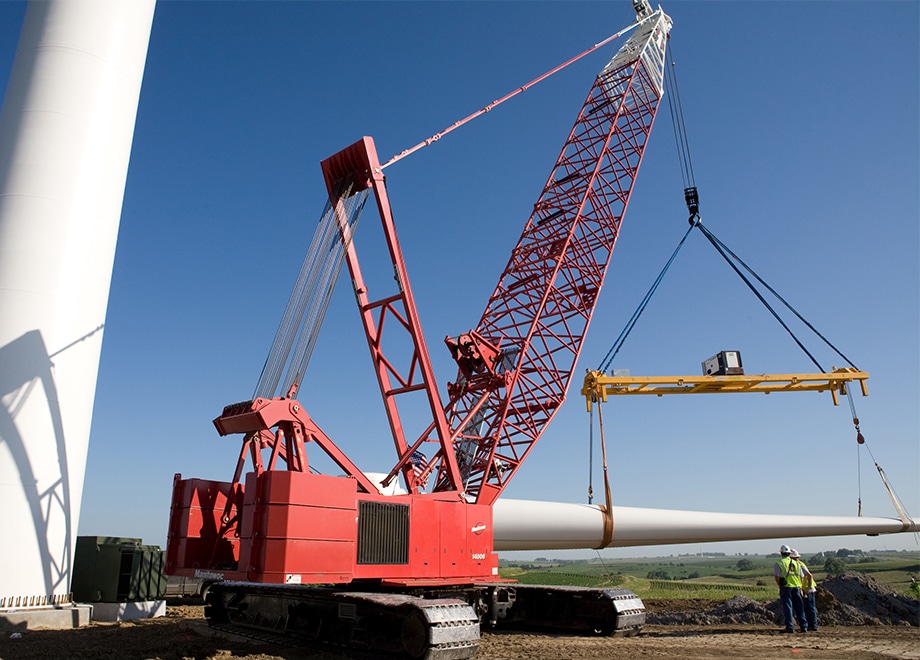
Pricing, Financing, and Incentives
What to Budget For
The cost of a new crawler crane can vary significantly. Smaller models may start at AUD $800,000, while high-capacity machines for mining and infrastructure can exceed AUD $4 million. Add-ons such as long boom configurations, auxiliary winches, and remote control units can increase the base price.
Finance Options and Tax Benefits
Australian contractors often access finance through dealerships, asset finance specialists, or bank loans. Equipment leasing is also gaining popularity among growing businesses. Additionally, the federal government’s Temporary Full Expensing scheme allows eligible businesses to deduct the full cost of qualifying equipment purchases, helping offset investment costs.
Where to Find New Crawler Cranes in Australia
Trusted Sales Channels
Buyers can find crawler cranes through major national dealers such as Tutt Bryant, WATM, and Baden Davis Crane Connection. These providers typically offer both sales and rentals. Online platforms like Machines4U and CraneTrader Australia allow users to compare models, prices, and availability with ease.
Factory Orders and Custom Builds
For unique job requirements, some buyers choose to order directly from manufacturers. This allows for customisation of counterweights, boom types, or onboard technology. While this approach ensures a perfect fit for complex applications, it often involves longer lead times, import logistics, and compliance checks.
What to Expect When Purchasing in 2025
Delivery Times and Supply Chain Delays
Ongoing global shipping challenges and increased demand have extended lead times across the industry. For most new crawler cranes, delivery can take six to twelve months. Buyers should secure purchase agreements early and confirm availability for critical project deadlines.
Pre-Delivery Checks and Training
Before handover, most suppliers conduct a full mechanical inspection, load testing, and commissioning. Operator training is often included, especially when new digital systems or controls are involved. This ensures crews are confident in safe and efficient operation from day one.
Making a Smart Investment
Choosing the Right Crane for the Job
Crane selection should be based on typical lift requirements, working environments, and transportation logistics. While it’s tempting to over-specify for future use, larger machines come with higher operating and mobilisation costs. Contractors should balance performance needs with project scale and site limitations.
Total Cost of Ownership
Look beyond the purchase price. Servicing intervals, parts replacement costs, fuel consumption, insurance, operator training, and resale value all influence long-term affordability. Partnering with a dealer that offers maintenance contracts or extended warranties can reduce these risks significantly.
Final Thought for Australian Buyers
New crawler cranes represent a strategic investment for contractors working across Australia’s evolving construction and industrial landscape. Whether upgrading your fleet, expanding capabilities, or entering new markets, choosing the right crane, whether that’s a crawler, or an all-terrain crane, backed by strong dealer support and fit-for-purpose features, can position your business for years of reliable performance and operational growth.
